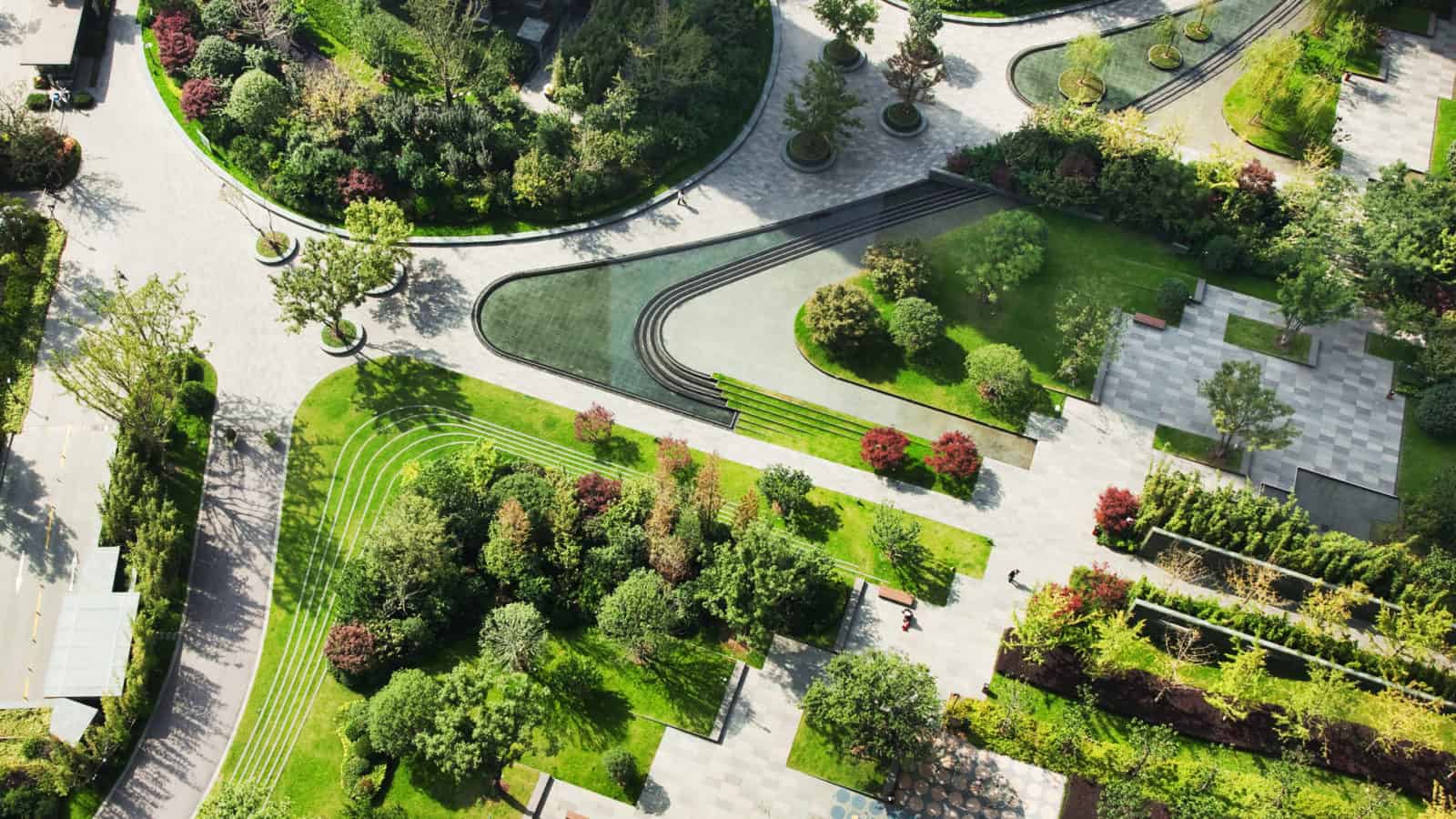Landscape architecture, often celebrated for its aesthetic contributions to outdoor spaces, transcends mere visual appeal. Beyond the surface, it plays a crucial role in fostering environmental balance, including the intricate realm of pest control. In exploring this multifaceted connection, we unveil the ways in which thoughtful landscape design can contribute to the mitigation of pest-related challenges.
To comprehend the symbiotic relationship between landscape architecture and pest control, one must first delve into the concept of perplexity within the ecological context. Traditional views often pigeonhole landscaping as an ornamental pursuit, neglecting its potential as a strategic tool in pest management. One of the time-tested methods of pest control involves the utilization of natural predators.

However, by introducing a diverse array of plant species and incorporating natural elements, landscape architects can elevate the complexity of the environment, disrupting the monotonous conditions that pests find hospitable.Implementing regular inspections and applying protective treatments are effective measures for preventing termites.
Burstiness, in the context of landscape architecture and pest control, manifests in the deliberate incorporation of varying elements. Human creativity, often the driving force behind landscape design, brings forth a burst of ideas that can be harnessed to create environments resistant to pest infestations. This burstiness challenges the uniformity of conventional spaces, creating a tapestry that is less favorable to pests seeking predictable habitats.
In the realm of landscape architecture, plant selection emerges as a powerful tool in the arsenal against pests. Perplexity in this context is achieved by diversifying the plant palette, embracing a mix of native and non-native species. Native plants, adapted to local ecosystems, contribute to the overall resilience of the landscape, promoting biodiversity that can act as a natural deterrent to pests. Simultaneously, the strategic integration of non-native species introduces an element of unpredictability, disrupting the conventional patterns that pests exploit.
Consider, for example, a garden dominated by a single species of plant. Such a landscape, lacking in burstiness, presents an ideal scenario for pests to proliferate. In contrast, a thoughtfully designed garden that incorporates a variety of plant types and sizes introduces an element of surprise, making it harder for pests to establish a stronghold. This burst of diversity not only enhances the aesthetic appeal but also serves as a strategic defense mechanism against pest invasions.
The layout of outdoor spaces also plays a pivotal role in pest management, embodying the principles of burstiness. Strategic placement of hardscape features, such as pathways and seating areas, interrupts the continuity of the landscape, creating pockets of diverse microenvironments. These microcosms, each with its unique set of conditions, contribute to the overall burstiness of the landscape, making it a less attractive habitat for pests seeking homogeneity.
Furthermore, the use of water features in landscape architecture introduces an additional layer of burstiness. Ponds, fountains, and other water elements not only enhance the visual appeal but also disrupt the predictable patterns that pests rely on. Mosquitoes, for instance, thrive in stagnant water. By incorporating features that promote water circulation, landscape architects introduce a burst of dynamism, rendering the environment less hospitable to these troublesome insects.
In the ever-evolving field of landscape architecture, the impact on pest control extends beyond the visible elements. Sustainable design practices further contribute to the perplexity necessary for effective pest management. The integration of organic and eco-friendly approaches, such as companion planting and soil health optimization, adds layers of complexity to the landscape. Companion planting, for instance, involves strategically placing plant species that naturally repel pests alongside those vulnerable to infestations, creating a natural defense mechanism without resorting to chemical interventions.
Moreover, burstiness in landscape architecture can be heightened through the incorporation of dynamic elements like insectary plants. These are specifically chosen for their ability to attract beneficial insects, forming a burst of biodiversity that aids in pest control. By fostering habitats for predators like ladybugs and parasitic wasps, landscape architects introduce a dynamic interplay within the ecosystem, suppressing pest populations organically.
In conclusion, the intricate dance between landscape architecture and pest control unveils a narrative of perplexity and burstiness. By embracing a diverse selection of plants, strategic layout designs, and innovative features, landscape architects can transform outdoor spaces into bastions of resistance against pests. The marriage of aesthetic creativity and ecological functionality within landscape architecture holds the promise of not only creating visually stunning environments but also fostering a harmonious coexistence with nature, where the balance tips in favor of pest-resistant landscapes.

